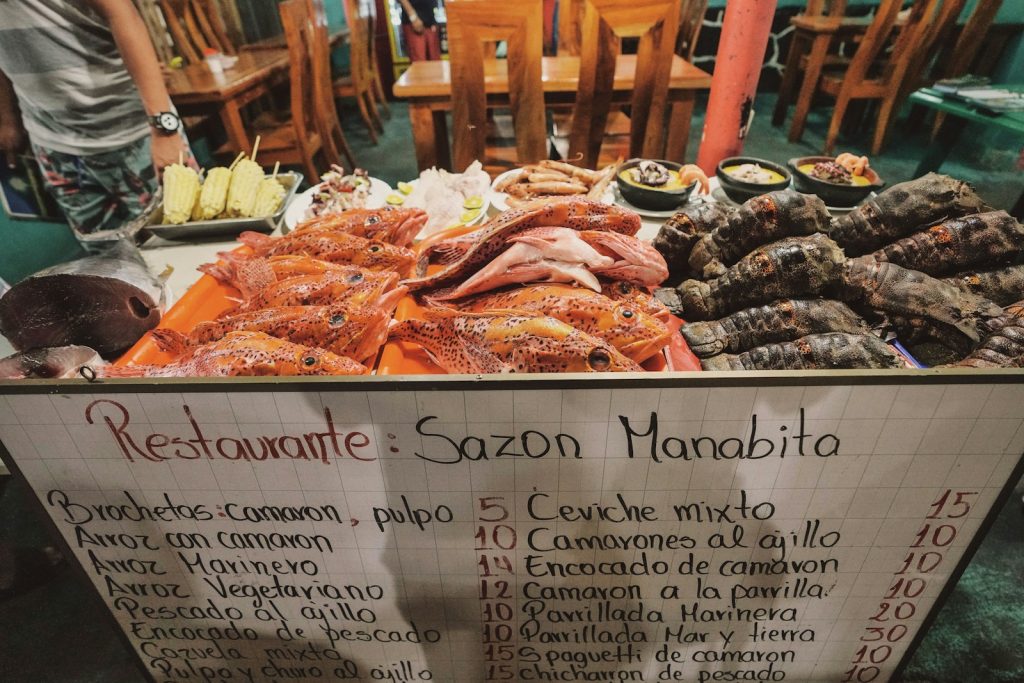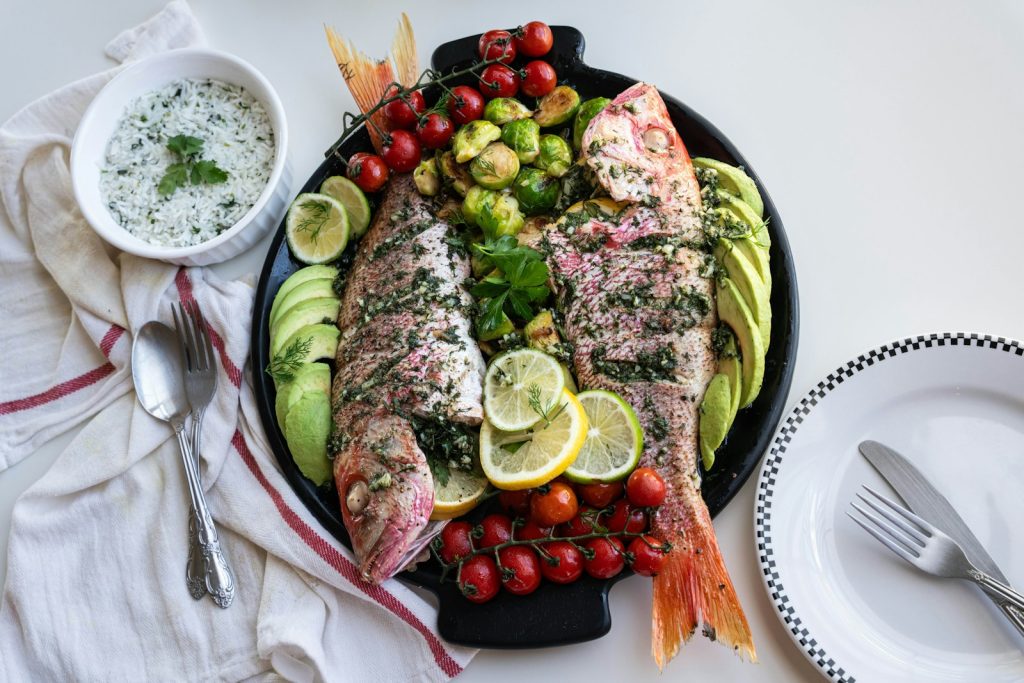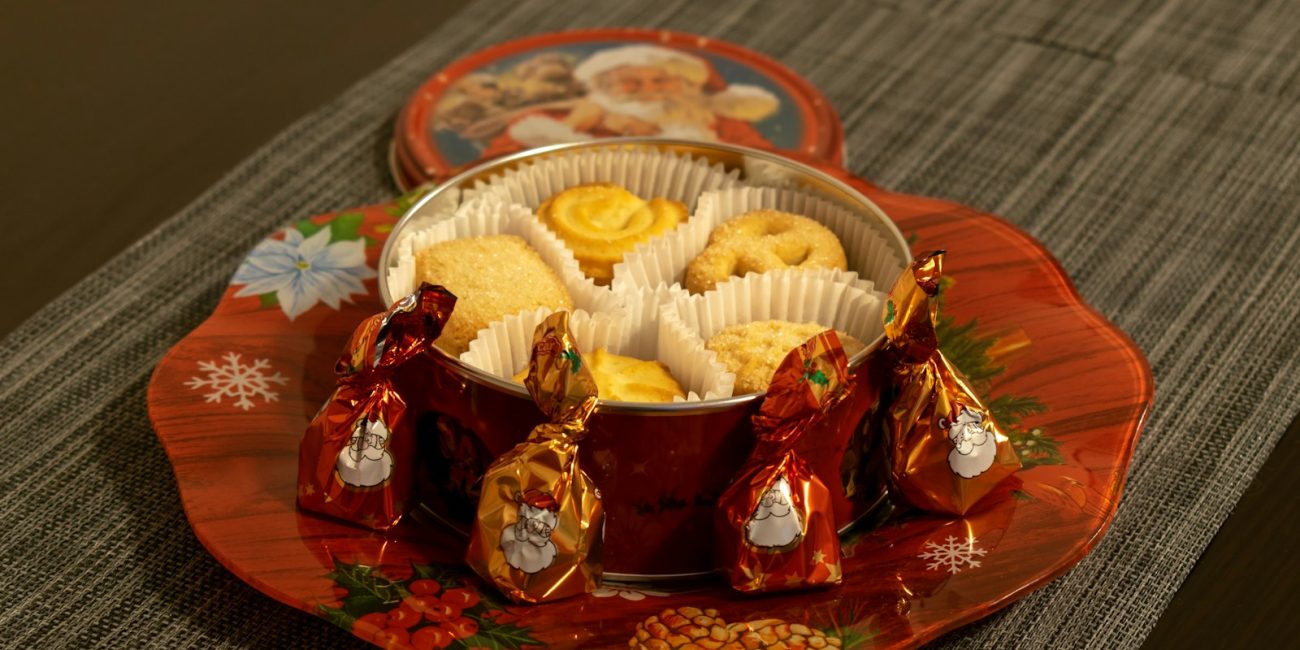A spectacular array of foods intrinsically links Christmas in Spain, a time of deep family tradition and vibrant celebration. Unlike many countries where a large lunch dominates Christmas Day, in Spain, the primary feast often takes place on Christmas Eve, with an elaborate dinner that stretches late into the night. Regional variations abound, but a typical Spanish Christmas meal is a lavish, multi-course affair showcasing the very best of Spanish gastronomy.
The Start: Appetizers and Soups
The abundance of appetisers usually marks the beginning of the Spanish feast. A variety of excellent cured meats and cheeses are nearly always served with this substantial appetiser, which serves as a social centrepiece.
- Jamon: High-quality cured ham, especially Jamon Iberico, is a non-negotiable staple. Many families buy a whole leg of ham, or pata de jamon, to slice throughout the holiday season.
- Cheeses: A selection of local cheeses like Manchego is common
- Due to Spain’s long coastline, seafood is a common and opulent starter course item. It usually consists of large prawns, lobster, or clams that are often prepared simply, like grilled prawns.

Following the appetisers, a light, warming soup often serves as the first main course:
- Sopa de Galets is a Catalan speciality that consists of large, hollow, shell-shaped pasta called galets that are sometimes filled with meat and a rich meat broth.
- Other regional soups include almond soups or various fish-based broths.
Main Courses: Meat and Fish
Regional culinary preferences are most evident in the main course. Although they do occasionally appear, stuffed turkeys are less common than in other Western nations. Rather, fine roasted meats or premium seafood are frequently the main course.
- Roast Suckling Pig: Particularly popular in regions like Castile and Leon, this species is a beloved, festive centrepiece. It is roasted until the skin is beautifully crispy.
- Roast Lamb: Tender roasted lamb is another favourite, particularly in the inland areas. Lechazo is the term for suckling lamb, which is highly valued for its subtle flavour.
- Baked Fish: A fish dish is frequently the main attraction in coastal regions. Particularly for Christmas Eve, sea bream or monkfish baked in salt or with simple herbs and lemon are opulent, classic choices.

The Sweet Ending: Christmas Desserts
An abundance of sweets, many of which are only available during the holiday season and are shared among family members, is a must-have for any Spanish Christmas meal.
- The most famous Christmas treat from Spain is turrón, a nougat-like treat made mostly of sugar, honey, and egg whites with nuts (usually almonds). There are two primary types: the soft Jijona style and the hard Alicante style.
- Mazapan: Made from sugar and ground almonds, marzipan is a sweet paste that is shaped into a variety of festive shapes. Toledo’s marzipan is especially well-known.
- Mantecados and polvorones are little, crumbly, powdery biscuits that are frequently made with lard and different flavourings, such as anise or cinnamon.
Fine Spanish wines are usually served with the meal, and a glass of cava, a sparkling wine from Spain, is frequently used for the final toast.









No Comment! Be the first one.